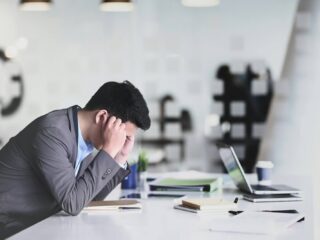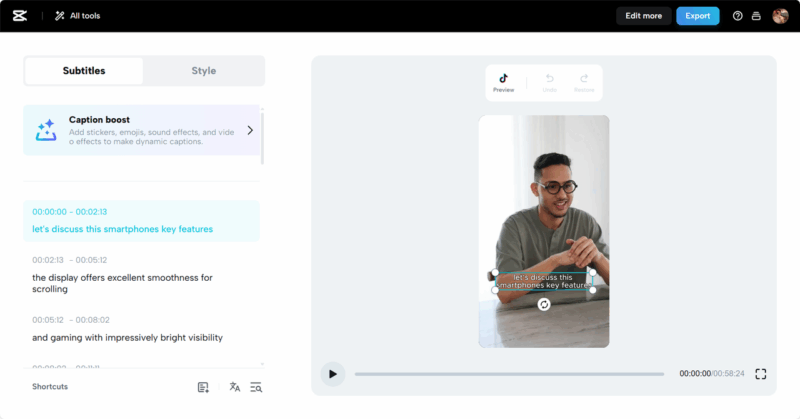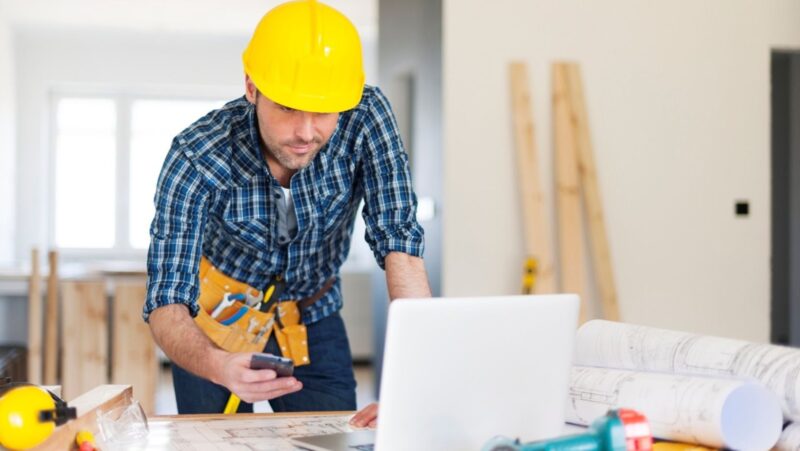
Slippery floors can pose a significant safety hazard in homes, workplaces, and public spaces. Whether caused by spills, moisture, or the type of flooring surface, it’s essential to take proactive measures to eliminate slipperiness and prevent accidents. Fortunately, there are several effective methods available to address this issue and create a safer environment. In this article, we will explore these methods and provide valuable insights on how to eliminate slippery floors.
1. Proper Cleaning and Maintenance
Regular and proper cleaning is the foundation of maintaining safe and slip-free floors. Ensure that floors are cleaned regularly using appropriate cleaning agents that do not leave behind any residue. Spills and wet areas should be promptly cleaned and dried to prevent slippery conditions. Additionally, it’s crucial to keep floors free from debris, dust, and other substances that can contribute to slipperiness. Implement a maintenance routine that includes regular sweeping, mopping, and floor inspections to identify and address any potential hazards promptly.
2. Non-Slip Floor Treatments
Non-slip floor treatments are an effective solution to enhance the traction of slippery surfaces. These treatments, available in various forms, work by creating a textured surface that increases friction and reduces the likelihood of slipping.

One popular option is the application of anti-slip coatings or sealers. These coatings, often made from epoxy or polyurethane, can be applied to a variety of floor surfaces, such as concrete, tile, or wood. Another option is the use of non-slip floor mats or adhesive tapes in areas prone to slipperiness. These treatments provide an additional layer of traction and can be easily installed and removed as needed.
3. Anti-Slip Floor Coverings
In areas where slipperiness is a persistent issue, using anti-slip floor coverings can provide an effective solution. These coverings, such as anti-slip rugs or mats, are designed with materials that offer enhanced traction. They can be placed in high-risk areas like entryways, hallways, or kitchen floors. Look for coverings with non-slip backing or specialized designs that provide a better grip. Ensure that the coverings are securely placed and do not present tripping hazards.
4. Floor Finish Adjustments
Slippery floors can sometimes be attributed to the type of floor finish or polish used. Certain floor finishes, especially those with a glossy or waxed surface, can become slippery when exposed to moisture or spills. Adjusting the floor finish can help eliminate slipperiness. For example, using matte or satin finishes instead of high-gloss finishes can reduce the likelihood of slips. Alternatively, using slip-resistant additives in polyurethane floor paints or sealers can provide additional grip and improve traction.
5. Enhanced Drainage and Moisture Control
Moisture is a common cause of slippery floors, particularly in areas prone to spills or high humidity. Enhancing drainage and moisture control measures can significantly reduce slipperiness. Ensure that floors have proper drainage systems in place, especially in areas such as bathrooms, kitchens, or outdoor spaces. Use absorbent mats or rugs in entryways or areas where moisture is prevalent to capture water and prevent it from spreading onto the floor. Regularly inspect and address any plumbing leaks or sources of excessive moisture to prevent slippery conditions.

Eliminating slippery floors is crucial for maintaining a safe and accident-free environment. By implementing proper cleaning and maintenance practices, applying non-slip floor treatments, using anti-slip floor coverings, adjusting floor finishes, and enhancing drainage and moisture control, you can significantly reduce the risk of slips and falls. Remember, prevention is key, and taking proactive measures to eliminate slipperiness is essential. Whether in residential or commercial spaces, ensuring the safety of floors is a responsibility that should not be overlooked.












